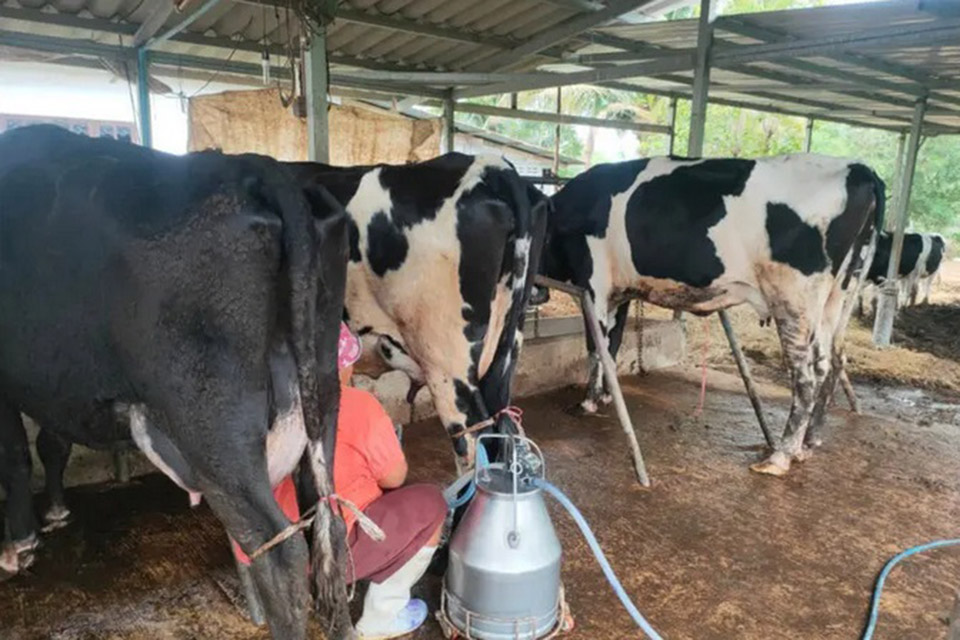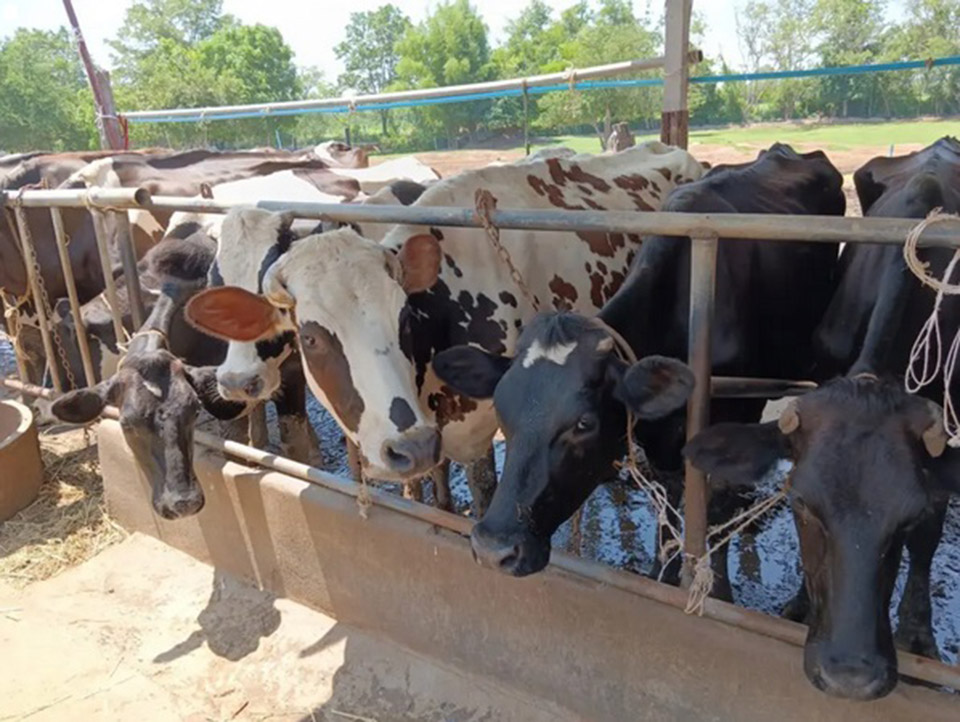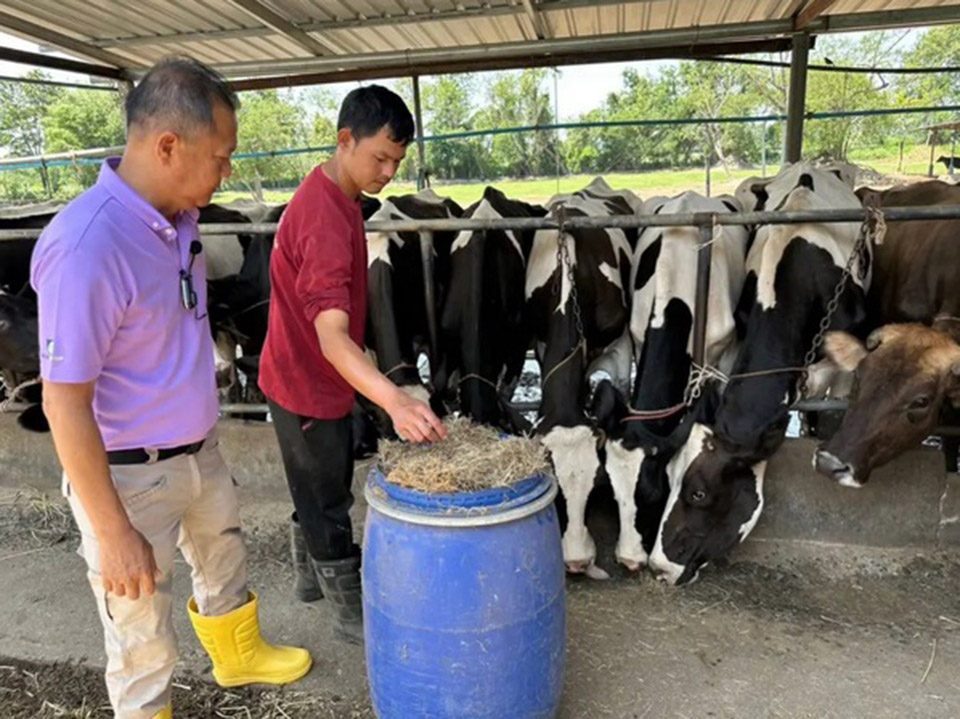
The quantity of raw milk across the country has currently decreased from the average of the previous year by 400 tons per day as farmers enter milking break and reduce livestock rearing, said the Deputy Director-General of the Department of Livestock Development.
The decline is attributed to the milking break period before cows give birth following the normal rearing cycle. Additionally, some farmers have suspended rearing due to the high costs of livestock feed ingredients.
The department is expediting efforts to expand and promote the use of animal feed that helps reduce production costs, with the expectation that the volume of raw milk will gradually increase to meet the demand, in line with the milk production cycle.
Prapas Phinyocheep, Deputy Director-General of the Department of Livestock Development said that the current volume of raw milk throughout the country is lower than the average. In 2022, the average daily raw milk was approximately 3,500 tons. In 2023, the average daily raw milk in May was about 2,900 tons, which represents a decrease of 400 tons per day or 12% compared to the average of May in the previous year at 3,300 tons per day.

Most cows are nearing calving from June to September, prompting farmers to take a milking break. Moreover, some farmers have paused rearing or reduced the number of cows due to the impact of the COVID-19 pandemic and high livestock feed prices, leading to increased milk production costs.
To address the problem, the department has implemented projects to support small-scale dairy farmers in reducing the cost of animal feed, which accounts for 60-70% of the total production cost by encouraging farmers to grow roughage such as grass as feed instead of purchasing processed feed.
The department has set a target of 50,000 rai (20,000 acres) nationwide for growing grass and is currently supporting farmers with grass seeds. As of now, 27,000 rai (10,800 acres) have been cultivated, but it was hit by drought at the beginning of this year. The efforts are currently underway to meet the project’s target.

Another project is the promotion of Dry TMR (Total Mixed Ration) feed, which is a complete mixed feed, produced by blending roughage and concentrated feed in appropriate proportions.
The department has tested this in ten provinces across all regions and found that it reduces production costs by 3 baht per kilogram of milk, or approximately 10% and will expand the project to reach more farmers. (TNA)






